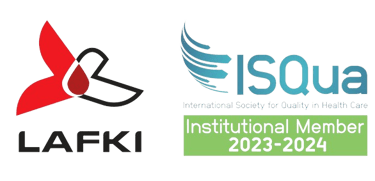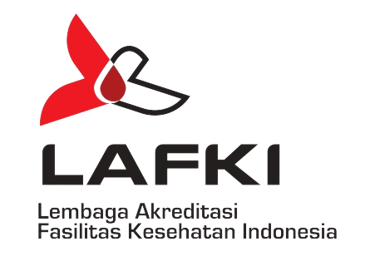FIHFAA: An In-depth Analysis of Risk Management Principles and Practices in Healthcare Organizations
By: Dr. Julius N. Sumarli, SH., MARS || Editor: Dr. H. Ahyar Wahyudi, Ns, M.Kep, FISQua, FRSPH, FIHFAA


In the era of extreme dynamics faced by healthcare organizations, risk management becomes an indispensable foundation in ensuring patient safety and optimal quality of care. In essence, risk is an unavoidable factor in every healthcare activity, but it can be managed well through a deep understanding and the implementation of appropriate strategies. A monumental work in this field is the "Risk Management Handbook For Health Care Organizations" edited by Roberta Carroll and supported by 52 contributors. In its third edition published in 2001, this book outlines the fundamental principles and best practices in healthcare risk management.
Risk Management in Healthcare Organizations
In essence, healthcare risk management involves a series of steps aimed at identifying, evaluating, mitigating, and managing risks associated with the clinical and operational practices of a healthcare organization. The first step, risk identification, allows for timely adoption of preventive actions to reduce the likelihood of adverse incidents. Next, risk evaluation prioritizes actions and allocates resources wisely, while risk mitigation involves developing strategies to reduce or eliminate the identified risks. Finally, overall risk management involves continuous monitoring, root cause analysis, and the development of continuous improvement action plans.
The Important Role of Physicians in Risk Management
When it comes to health risk management, the role of physicians is vital. They must be able to identify, evaluate, and manage potential risks in their clinical practice. This includes understanding the laws, regulations, and ethics that govern health care practices and implementing risk management strategies and tools such as checklists, guidelines, and protocols. In addition, continuous training and education on risk management and patient safety culture are also important in building a work environment that supports safe health care practices.
A good understanding of risk analysis and evaluation is an important skill that every physician must have. Through techniques such as SWOT analysis, cause tree diagrams, and the Delphi technique, physicians can identify potential risks and take appropriate preventive actions. Risk analysis also helps physicians inform clinical decisions and risk mitigation strategies.
The implementation of risk management strategies requires continuous learning and reflection. Physicians need to continually improve their understanding of health risks, update their skills in managing risks, and evaluate the effectiveness of the strategies that have been implemented. This involves implementing various risk management strategies and tools as well as continuous training and education on risk management and patient safety culture.
LAFKI: Focus on Improving Clinical Practice and Patient Safety
As the Indonesian Health Facility Accreditation Institution (LAFKI) has an important role in ensuring safe and quality clinical practice. In this work, there are several aspects that need further attention to ensure integration with LAFKI accreditation standards.
First, the implementation of risk management strategies must be tightly integrated into the accreditation process. Comprehensive risk evaluation and development of continuous improvement action plans must be an integral part of the quality assessment of health facilities.
Second, training and education on risk management and patient safety culture must be improved. LAFKI can play an active role in providing structured training and educational resources for doctors and other health staff.
Third, learning and reflection must be encouraged as ongoing practices in every accredited health facility. This ensures that health organizations continue to learn from past experiences and continue to improve their clinical practices.
By increasing the focus on risk management and patient safety, LAFKI can play a significant role in improving the quality of health services in Indonesia and providing better protection for the community. Thus, close collaboration between LAFKI and health practitioners is key to achieving the common goal of better health.


